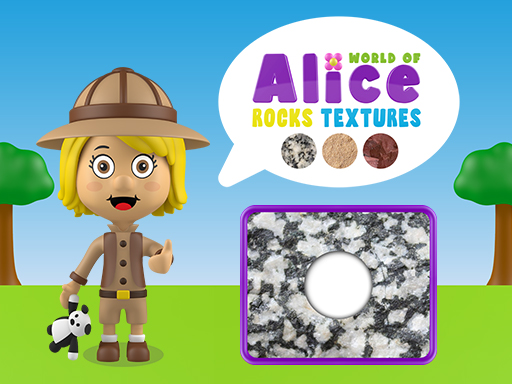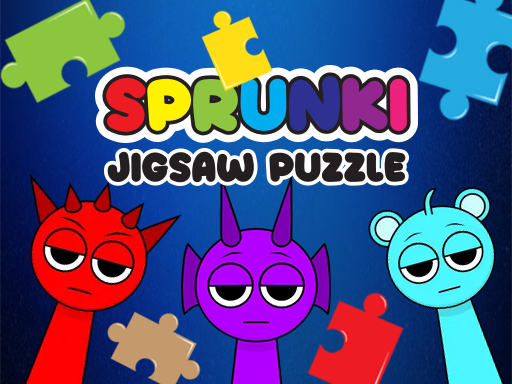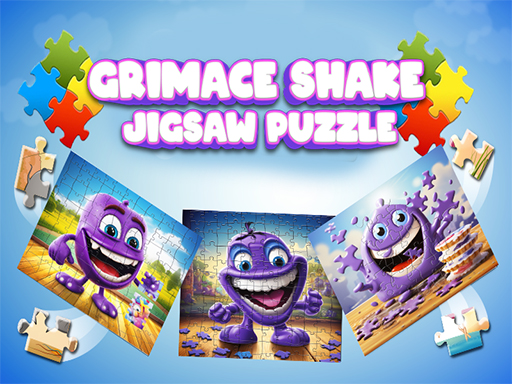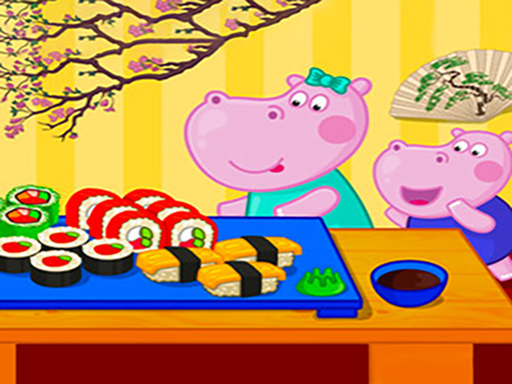
World of Alice – Rocks Textures: Learning Through Adventure 🪨
Have you ever watched a child’s eyes light up when they discover something new? That spark of curiosity is exactly what World of Alice – Rocks Textures aims to capture. Unlike traditional educational tools, this game transforms the study of geology into a vibrant, interactive experience. Children learn to identify various rock textures while playing, making knowledge feel like an exciting treasure hunt rather than a classroom lesson.
The game is designed for cell phones, tablets, or computers, allowing learning to happen anywhere — on the bus, at home, or even in a waiting room. By combining fun gameplay with educational objectives, it ensures kids not only remember rock types but also develop critical observation skills and tactile awareness.
In this article, we’ll take you through the world of Alice, exploring gameplay strategies, educational benefits, and ways for parents to maximize learning while keeping playtime joyful and stress-free.
Getting Started: How World of Alice Works 🪨
Before diving into strategies, it helps to understand the core gameplay mechanics.
Basic Gameplay Mechanics
In World of Alice – Rocks Textures, children are presented with images of rocks along with a palette of textures. The goal is to drag the correct texture into place on each rock. Early levels introduce simple, distinct textures such as smooth, rough, and grainy, while advanced levels incorporate subtler differences like layered or porous textures.
“Mom, look! I matched the sandstone!”
“Wow, that’s correct! See how much fun learning can be?”
The game rewards accurate placement with cheerful animations and sounds, reinforcing learning while keeping players engaged. Incorrect matches provide hints, allowing children to self-correct without frustration.
Points, Levels, and Unlocks
Correct matches earn points, and completing a level unlocks new rocks and textures. Some rocks represent rare types, like basalt or pumice, exposing children to real-world geology. This progressive system encourages children to persist, giving them a sense of accomplishment as they advance through increasingly challenging levels.
To learn more about rocks and their types, parents can also refer to National Geographic Kids for additional fun facts and activities.
Next, let’s explore strategies to help children master rock textures quickly while having fun.
Mastering Rock Textures: Strategies for Kids and Parents 🧠
Once players are familiar with the basics, implementing strategies makes learning faster and more effective.
Tip 1: Observe Carefully Before Dragging
Encourage children to examine the rock closely before selecting a texture. Features like grain size, smoothness, or layering are clues to the correct match.
“I think this is pumice because it has holes!”
“Exactly! You’re noticing the tiny details!”
Tip 2: Start with Simple Textures
It’s tempting to jump into complex rocks immediately, but starting with easy, distinctive textures helps build confidence. Gradually introducing subtler textures enhances observation skills without overwhelming the child.
Tip 3: Group Rocks by Similar Features
Grouping rocks by characteristics, like color, hardness, or graininess, helps children mentally categorize them, which reinforces memory.
Here’s a quick table summarizing strategies:
| Strategy | Purpose | Pro Tip |
|---|---|---|
| Observe Carefully | Improve accuracy | Focus on surface details |
| Start Simple | Build confidence | Begin with smooth, rough textures |
| Group by Features | Aid memory | Cluster by color, size, or grain |
| Reinforce with Points | Motivate learning | Reward correct matches promptly |
| Use Hints | Reduce frustration | Encourage problem-solving |
By practicing these strategies, children will find even tricky rocks easier to identify, turning learning into a game they look forward to.
Educational Benefits Beyond Matching 🧩
World of Alice – Rocks Textures is more than just drag-and-drop fun; it offers cognitive growth and real-world knowledge.
Observation and Focus Skills
Children develop visual discrimination by distinguishing subtle differences between textures. This skill translates to better focus and attention in other educational areas.
Memory and Classification
Repeated exposure to rock types and textures enhances memory recall. Children learn to categorize rocks mentally, which also reinforces early scientific reasoning.
Fine Motor Skills
Dragging textures into place improves hand-eye coordination and dexterity, especially on touch devices like tablets.
- 🪨 Improves focus and attention to detail
- 🪨 Encourages problem-solving and persistence
- 🪨 Introduces geology vocabulary naturally
Parents can extend learning by asking questions like, “Where might we find this rock in nature?” or “What can we use this rock for?” This blends gameplay with real-world exploration.
Next, we’ll explore how to make gameplay fun for the entire family.
Family Engagement: Learning Together 👨👩👧👦
The game’s design makes it ideal for cooperative learning, allowing parents and children to explore geology side by side.
Cooperative Play
Parents can guide children, ask prompting questions, and celebrate correct matches. This approach turns gameplay into shared discovery.
Child: “I think this is shale.”
Parent: “Good guess! Let’s check the surface closely… yes, you got it!”
Progressive Difficulty
The game gradually increases challenge levels, so even adults can participate without feeling bored. Each new texture provides a small puzzle to solve, keeping everyone engaged.
Positive Reinforcement
The game emphasizes encouragement. Points, animations, and gentle corrections reinforce learning while maintaining a stress-free environment.
With these features, World of Alice – Rocks Textures encourages both fun and educational value, perfect for home or classroom use.
Advanced Tips for Faster Learning ⚡
Once basic strategies are mastered, children can take their skills to the next level.
Group Rocks by Complexity
Focus on easy-to-identify rocks first to clear space mentally and gain points, then tackle more complex textures.
Use Hints Strategically
Hints teach observation rather than give answers outright. Encourage children to try first, then use hints to confirm or correct their choices.
Time and Accuracy Balance
While faster matches earn more points, accuracy is crucial. Encourage thoughtful placement over hasty dragging.
- Scan rocks before choosing a texture
- Start with simple matches to build momentum
- Gradually introduce complex textures
- Use hints as learning tools, not crutches
Step-by-Step: Completing a Level Efficiently 🏅
- Survey all rocks – Identify textures clearly.
- Match easy rocks first – Build confidence and points.
- Focus on tricky rocks – Pay attention to subtle texture differences.
- Use hints if needed – Reinforce learning.
- Celebrate completion – Positive reinforcement motivates continued play.
This stepwise approach keeps children engaged and ensures learning is effective without frustration.
Parent-Child Co-Op Tips 👶🧒
- ✅ Take turns identifying rocks
- ✅ Discuss real-life examples for each rock
- ✅ Encourage exploration outdoors after gameplay
- ✅ Celebrate progress, not just points
- ✅ Relate textures to real-world uses (e.g., granite countertops)
Conclusion: Play, Learn, and Explore 🪨
World of Alice – Rocks Textures transforms educational content into a playful adventure. Children develop observation, memory, fine motor skills, and curiosity about geology, while parents can participate in shared learning experiences. The combination of interactive gameplay, progressive difficulty, and positive reinforcement makes this game both entertaining and educational.
Next time you open the app, watch closely — every correct match isn’t just a point; it’s a step toward knowledge, confidence, and joyful discovery.
Have you noticed how a small game can turn a rainy afternoon into a mini-geology expedition? 🌋🪨
For Your Social 🌟
Share your child’s favorite rock or funniest match online!
Hashtags:
#WorldOfAlice #RocksTextures #EducationalGaming #LearningThroughPlay #FamilyGameTime #GeologyFun






